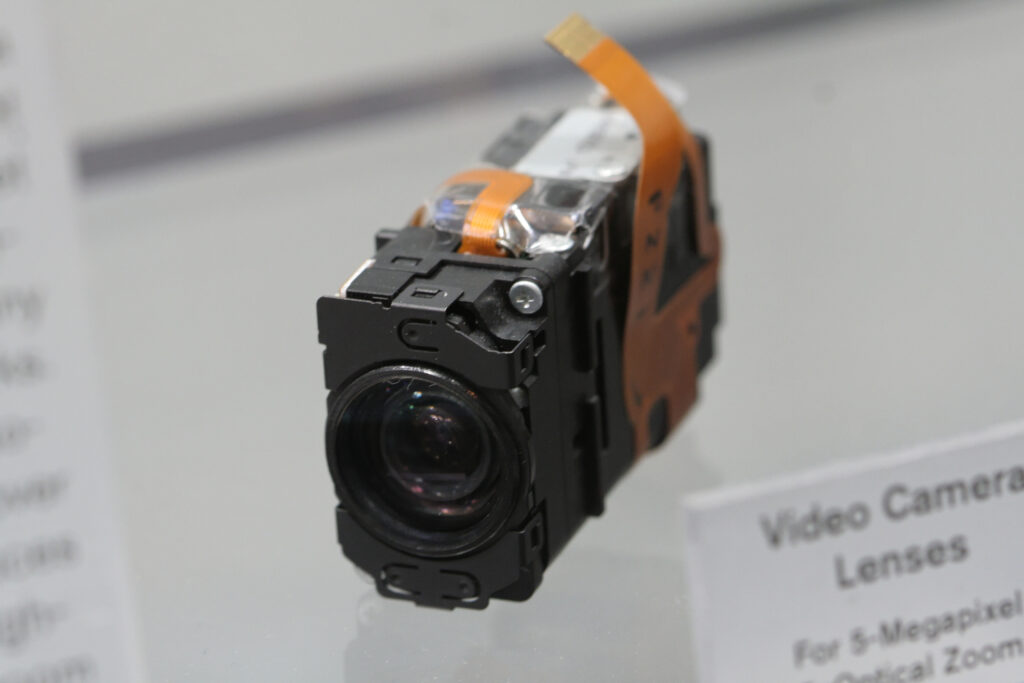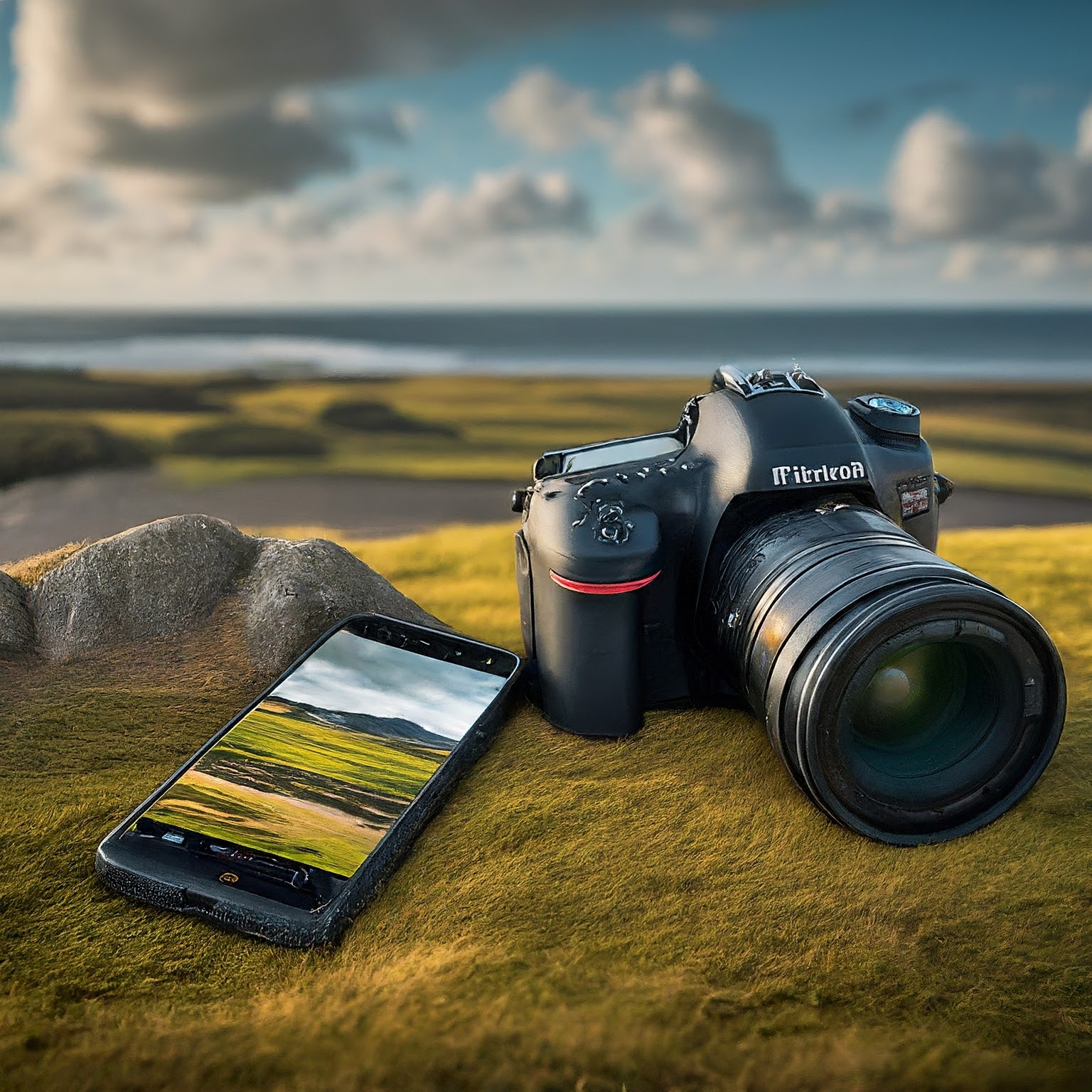Understanding Megapixels
In the realm of digital photography, the term “megapixels” is ubiquitous, often touted as a measure of a camera’s quality and capability. Whether you’re considering purchasing a DSLR (Digital Single Lens Reflex) camera or a smartphone, understanding megapixels and their significance is crucial for making informed decisions about your photography gear. In this comprehensive guide, we delve into what megapixels are, how they impact image quality, and their implementation in both DSLR cameras and smartphones.
What are Megapixels?
To put it simply, a megapixel (MP) is equivalent to one million pixels. Pixels, short for picture elements, are the tiny dots of color that comprise digital images. Megapixels represent the resolution of an image sensor, determining how much detail a camera can capture. The more megapixels a camera has, the higher its resolution and potential for capturing fine details.

Impact on Image Quality
While it’s tempting to believe that more megapixels automatically equate to better image quality, the reality is more nuanced. Megapixels are just one factor among many that influence image quality. Other factors such as sensor size, lens quality, and image processing algorithms also play significant roles.
Higher megapixel counts can potentially lead to sharper and more detailed images, especially when printing large photos or cropping images extensively. However, cramming too many pixels onto a small sensor can result in diminishing returns and increased image noise, especially in low-light conditions. Additionally, larger file sizes associated with higher megapixel counts require more storage space and may slow down workflow in post-processing.
Implementation in DSLR Cameras
DSLR cameras typically offer a range of megapixel options to cater to different needs and preferences. Professional-grade DSLRs often feature higher megapixel counts, such as 20MP to 50MP or more, to meet the demands of commercial photography, landscape photography, and high-resolution printing.
These high-resolution sensors provide ample detail for large prints and allow for significant cropping without sacrificing image quality. They are favored by professionals who prioritize utmost clarity and detail in their photographs. However, such cameras may come with a higher price tag and may require more powerful computing resources for processing and storing the resulting image files.
On the other hand, entry-level and mid-range DSLRs may have lower megapixel counts, typically ranging from 16MP to 24MP. While these cameras may not offer the same level of detail as their high-resolution counterparts, they still deliver excellent image quality suitable for most photography needs. They are more budget-friendly and often preferred by enthusiasts, hobbyists, and beginners who prioritize affordability and versatility.
Implementation in Smartphones
In recent years, smartphones have become ubiquitous tools for photography, thanks in part to advancements in camera technology, including sensor design and image processing algorithms. While early smartphone cameras struggled to compete with dedicated DSLRs in terms of image quality, modern smartphones now boast impressive megapixel counts and sophisticated camera systems.
Many flagship smartphones feature cameras with megapixel counts ranging from 12MP to 108MP or even higher. These high-resolution sensors, coupled with advanced computational photography techniques, enable smartphones to capture stunning images with remarkable detail and dynamic range.
Smartphone manufacturers often leverage multiple lenses and sensors, including wide-angle, telephoto, and ultra-wide lenses, to enhance versatility and creative possibilities. Additionally, features such as optical image stabilization (OIS), night mode, and artificial intelligence (AI) scene recognition further improve image quality and usability in various shooting conditions.
Why High Megapixel Smartphone Images Sometimes Seem Lower in Quality than Low Megapixel DSLR Camera Pictures
Despite the impressive advancements in smartphone camera technology, including higher megapixel counts and sophisticated image processing capabilities, many users still perceive images captured with high megapixel smartphones as inferior in quality compared to those taken with low megapixel DSLR cameras. Several factors contribute to this perception:

1. Sensor Size: DSLR cameras typically have larger image sensors compared to smartphones. Larger sensors allow DSLRs to capture more light and produce images with better dynamic range, lower noise levels, and improved color accuracy, especially in challenging lighting conditions. Despite having high megapixel counts, smartphone sensors are significantly smaller, which can result in compromised image quality, particularly in low-light environments.
2. Pixel Size and Sensitivity: The individual pixels on a smartphone sensor are smaller due to the higher megapixel count packed into a limited space. Smaller pixels are less sensitive to light and more susceptible to image noise, leading to decreased image quality, especially in low-light situations. In contrast, DSLR cameras with lower megapixel counts often have larger pixels, allowing them to capture more light and produce cleaner images with less noise, even in challenging lighting conditions.
3. Optical Quality: The lenses used in DSLR cameras are typically of higher optical quality compared to those found in smartphones. High-quality lenses help DSLRs produce sharper, more detailed images with better contrast and less distortion. Smartphone lenses, while compact and convenient, may struggle to match the optical performance of dedicated DSLR lenses, particularly when it comes to resolving fine details and controlling aberrations.
4. Image Processing: DSLR cameras often provide greater control over image processing parameters such as sharpness, noise reduction, and color rendering. Professional photographers can fine-tune these settings to achieve their desired aesthetic and optimize image quality for different shooting scenarios. While smartphone cameras employ advanced image processing algorithms to enhance image quality, they may lack the customization and precision available in dedicated DSLR cameras, resulting in images that appear overly processed or lacking in nuance.
5. Depth of Field and Bokeh: DSLR cameras, especially those with larger sensors and wide aperture lenses, can achieve a shallower depth of field and more pronounced background blur (bokeh) compared to smartphones. This ability to selectively focus on subjects and blur the background helps create compelling, visually appealing images with a sense of depth and dimensionality. While some smartphones offer simulated bokeh effects through computational photography techniques, they may not always replicate the natural look and feel of bokeh produced by DSLR cameras.
Conclusion: While high megapixel smartphone cameras have made significant strides in recent years, they still face inherent limitations compared to dedicated DSLR cameras, particularly in areas such as sensor size, pixel sensitivity, optical quality, and image processing capabilities. These limitations can impact overall image quality, especially in challenging shooting conditions. However, advancements in smartphone camera technology continue to narrow the gap between smartphone and DSLR image quality, offering users increasingly capable tools for capturing stunning photographs. Ultimately, the choice between a high megapixel smartphone and a low megapixel DSLR camera depends on individual preferences, priorities, and intended usage scenarios.
Read More About Tech news at : https://dailytrendspot.com/category/technology/
